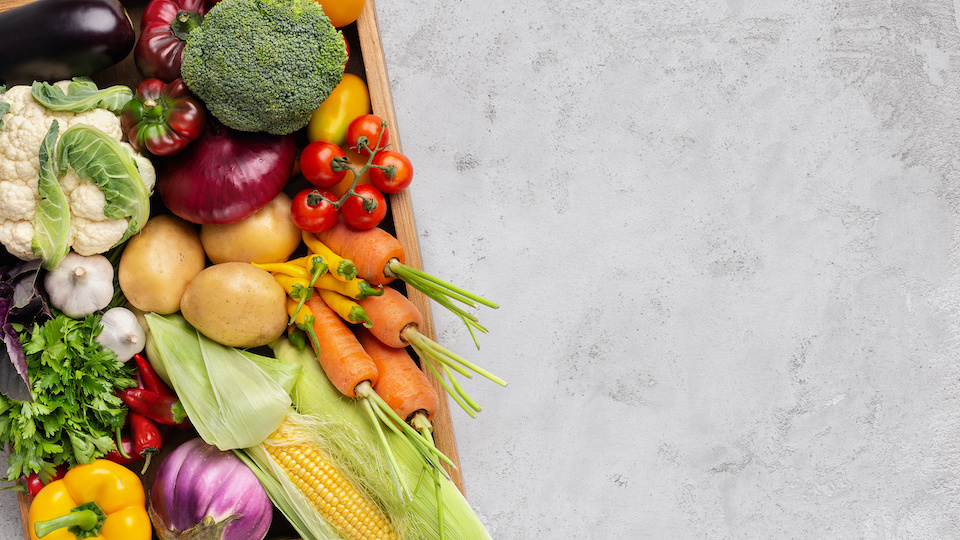Leaping from traditional gardening methods to organic ones may seem daunting at best. However, there are many little tricks that you can employ without much effort to help you get started on your organic gardening journey. Here are just a few of the most important areas to focus on as you transition to organic growing.
Happy soil means happy plants
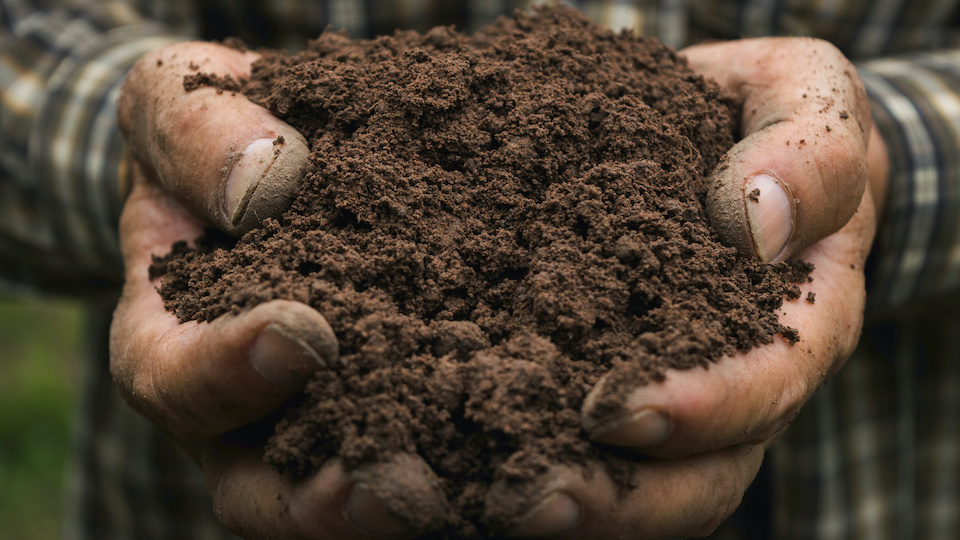
Soil provides the nutrients that plants need to survive and thrive. With healthy, nutrient-rich soil, you’ll get healthy, thriving plants. Drainage is another important factor because not many plants like wet feet. Waterlogging chokes the plant roots as the pores in the soil fill with water, and this promotes the growth of anaerobic bacteria that can cause root rot. The soil can also become too acidic due to the accumulation of carbon dioxide and other byproducts of bacterial decomposition.
Good quality garden compost, leaf mold, composted bark, and well-rotted, aged manure are vital organic materials that should be incorporated into the soil. They increase aeration and drainage in fine, compacted clay-based soils. In addition to providing plenty of nutrients for plants, these materials absorb moisture like a sponge and retain it, so they are good for increasing water retention in fast-draining, sandy soils too.
Local is where it is at
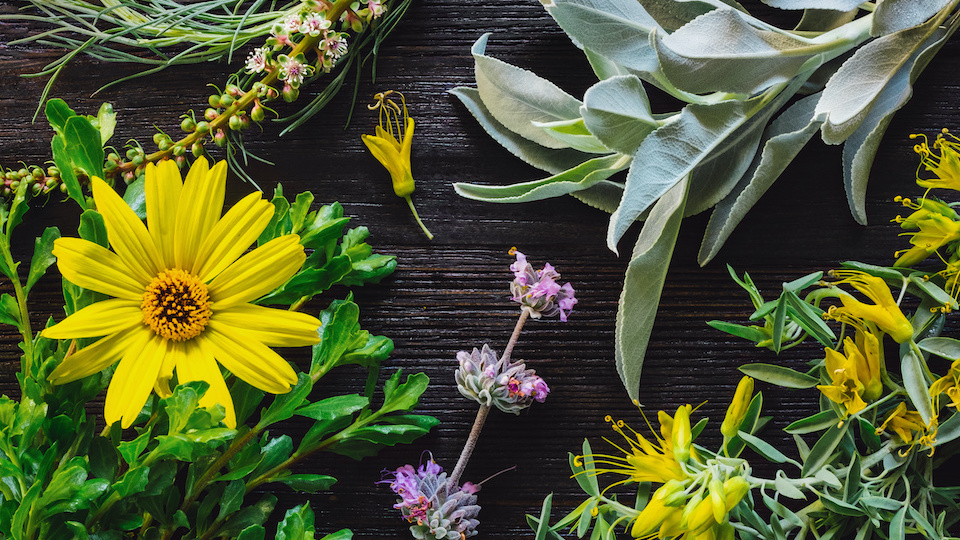
Seeds and starts you need for the garden are best sourced locally from established nurseries or farms. Mail-order catalogs may offer many high-yielding varieties and newly developed hybrids, but you have no way of knowing whether they are suitable for your climate and soil conditions. The USDA zones are just a general guide for selecting plant varieties, basically telling you whether a plant is hardy enough to survive in the temperature range normally experienced in your area. It does not take into consideration the wind, precipitation, heat, and humidity that determine the microclimate of a given place.
Local varieties are acclimatized to the climate and seasonal variations. They are more likely to be resistant to pests and diseases. Pollinators in the locality usually gravitate towards familiar varieties of plants. Source high-yielding and disease-resistant varieties popular in your specific locality by consulting other gardening enthusiasts that live close to you or your local Cooperative Extension Office.
What to do about pesky pests
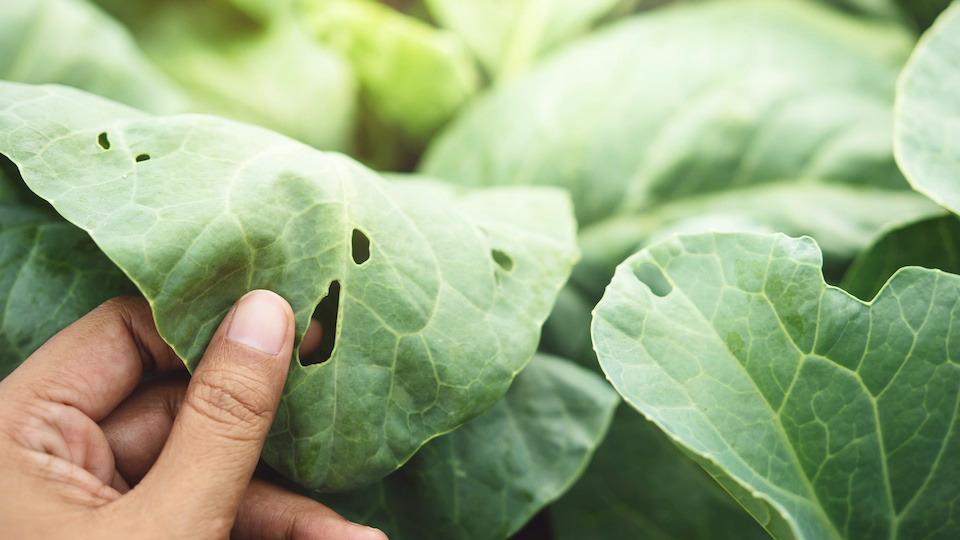
Even if you grow an all-organic garden, you will still have to deal with pests. Garden pests have many natural enemies that can act as biological control agents, including predators like carnivorous insects as well as parasites and disease-causing microbes.
Luring predators like praying mantises, ladybugs, hoverflies, and lacewings into your garden is one way to control pest populations. Many nectar-producing flowers attract these insects. Grow yarrow, mint, lavender, dill, and parsley among the vegetables. When these beneficial insects breed in the garden, their voracious larvae are even more predatory.
Sometimes predatory insects may have to be introduced into the garden. Predator eggs and adults can be purchased online or from bug farms. Commercial products containing fungal spores that infect insects are also available and are effective against a wide range of pests like aphids, whiteflies, Colorado potato beetle, caterpillars, grasshoppers, and mealy bugs.
Although compost is readily available, you can avoid the recurring expense by making your own. It’s also a great way to recycle almost all of the organic waste generated in your house as well as the garden. If you need a lot of compost, you can source free, organic materials such as lawn trimmings, leaf litter, coffee grounds, and wood chips from local businesses. Many times, they are more than willing to supply what you need.
Make composting a habit
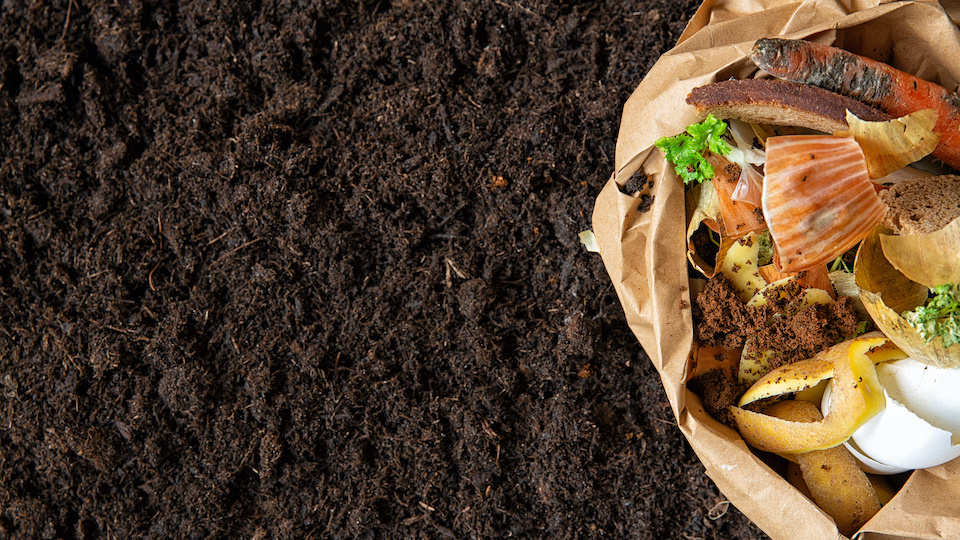
A compost pit in the corner of the garden or an open or closed compost bin is easy to manage. Just be sure to use the correct ratio of green materials and brown materials for the best results. An ideal compost pile should start with a 30:1 C/N ratio. Fresh grass clippings alone have about a 20:1 C/N ratio. Building your pile with one-part grass clippings or other green matter to two-parts dead leaves or other brown matter will give you the right mix. If you don’t want the hassle of turning compost and then lugging the finished product to garden beds, you can try trench composting where you dump all the waste in trenches, cover it with soil, and plant over it the next season.
Mulching matters
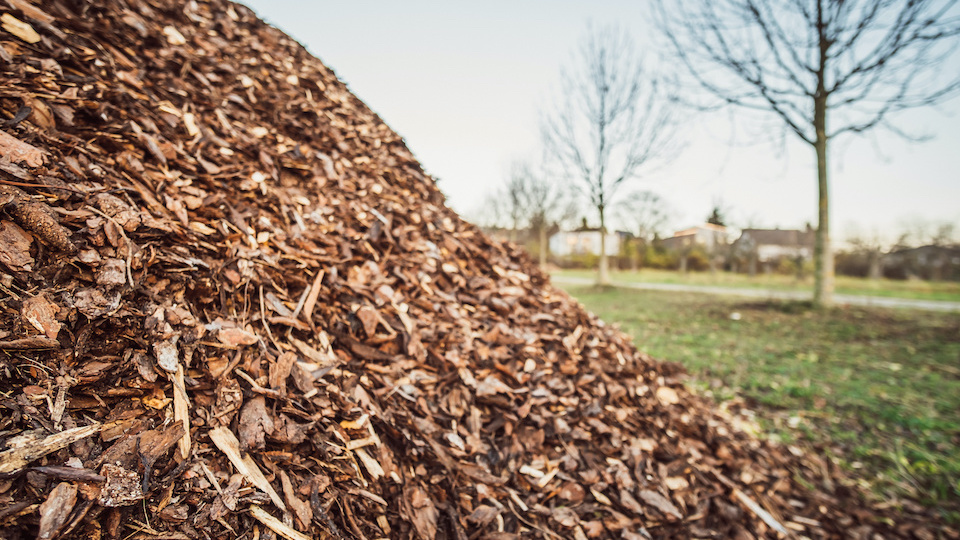
Mulches, by definition, are materials used to cover the soil’s surface to lock in moisture and to suppress weeds. They also reduce diseases by acting as a barrier between the crops and the soil that contains many pathogens. They can be organic, such as wood chips, straw, and pine needles. Natural inorganic materials like pea gravel, river stones, and lava rock make long-lasting mulches, as do black plastic sheet mulch and shredded rubber mulch. However, they don’t do much in the way of enriching the soil.
Any type of mulch, even plastic mulch, is usually better than no mulch, but organic mulches are the best choice for organic gardening because they gradually break down, increasing the humus content and nutrient levels and nurture many beneficial organisms in the soil. Use lots of crushed leaves and grass clippings as mulch around your plants and walkways.
Consider chickens and other farm animals
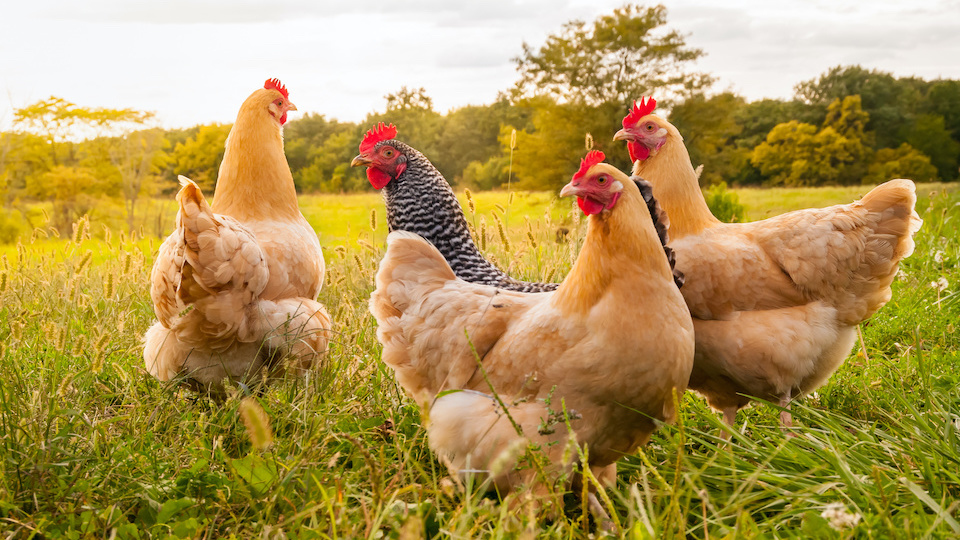
The benefits of having a few chickens in an organic garden are many. Apart from providing healthy, organic eggs, they act as instant composters, eating up almost any edible thing, be it vegetable peels, leftover food, or garden waste. They are excellent at pest control too, devouring grasshoppers, caterpillars, and insects hiding under leaves. Their constant scratching exposes many larvae that live among the soil and mulch. But the best part of all is that they can provide you with high-quality manure.
Turkeys, sheep, goats, or rabbits are also great choices for organic gardens that can accommodate them. Turkey manure is nitrogen-rich, while sheep manure contains a high potash content. Manure of herbivorous animals is safer added to the soil without any treatment, especially rabbit droppings, as it breaks down quickly without burning plant roots.
Collect water wherever you can
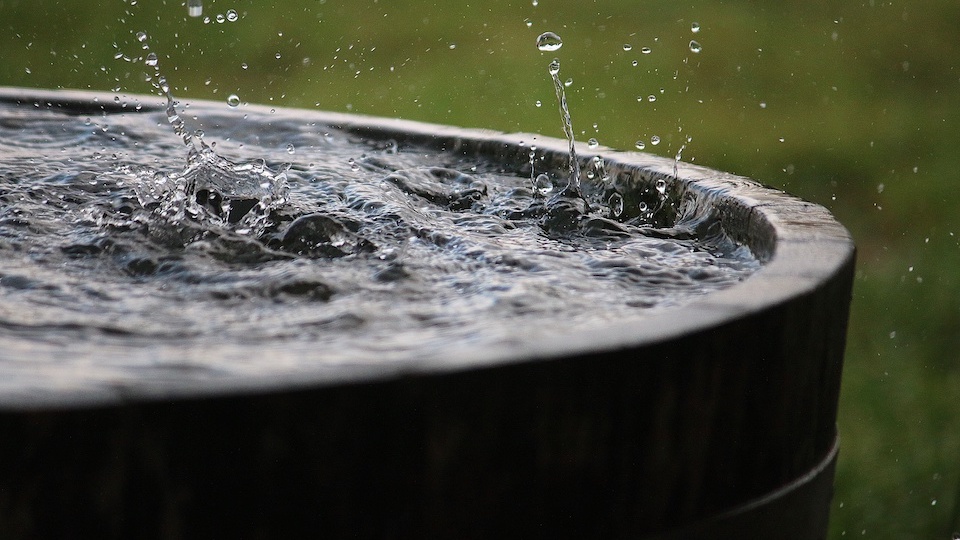
Water, along with sunlight, is the lifeforce of any garden. No matter where you live, it is a good thing to install a rain harvesting system. This could be something as simple as a few rain barrels or as complex as an underground water storage system. Either way, harvesting the rain that comes off of your roof is just another way to ensure your sustainability.
Rainwater is ideal for plants because of its slightly acidic nature that most vegetables prefer. Most municipal water supplies, on the other hand, tend to be slightly alkaline, artificially made to protect plumbing lines. Well water, in most places, is hard due to salts and other minerals in the soil and rocks that leach into the water.
Move water
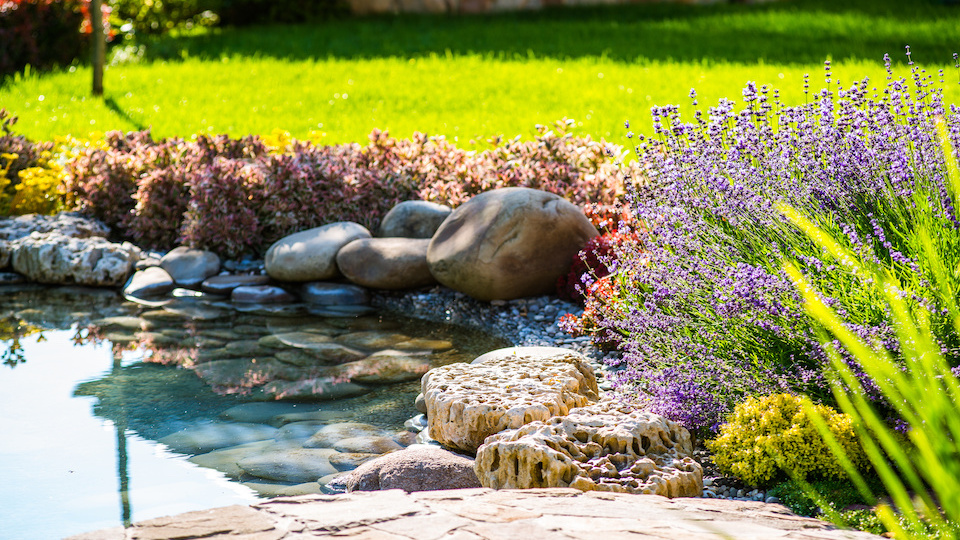
Water attracts all kinds of pollinators and acts as a natural humidifier. Not to mention, water adds a beautiful and relaxing element to any outdoor space.
As soon as a pond is established, a unique ecosystem develops around it. You can grow many edible plants and herbs such as watercress, taro, water chestnut, pennyroyal, and water mint in and around the pond. It can house lots of fish too, both edible and ornamental. More importantly, it sustains a variety of wildlife, such as frogs and dragonflies. Water also attracts birds and bats, which are very good at pest control.
If you have fish in the pond, the water is enriched with nutrients that can be used to water the plants. Mosquitoes are rarely a problem in such ponds since fish and frogs usually take care of them as part of their diet.
Be creative
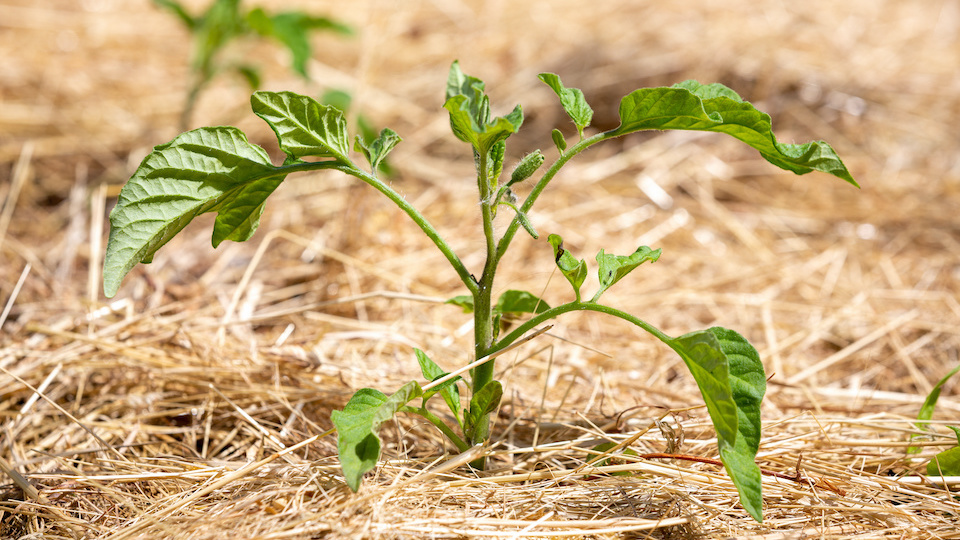
There are so many time-tested ways to organic garden. Hugelkultur and keyhole gardens are two techniques that allow you to grow vegetables on and around composted materials.
A little bit of soil and all types of debris heaped over rotting logs, and twigs form the basis of hugelkultur. A keyhole garden is a circular raised bed constructed around a central compost heap. Nutrients are gradually released from the organic matter into the surrounding soil. I have had great success with this type of garden, especially in arid climates.
Strawbale gardening is another promising method that can help you overcome problem soils and uncultivable land. Plants are grown in pockets of compost in bales of pre-conditioned straw. As the plants grow and send out roots into the straw bale, it decomposes to provide the nutrients they need. This is a one-stop solution for rocky terrain, extremely clayey or acidic soils, and nematode-infested areas. If you’re going to use straw bales, be sure to wet them several days in a row before you plant. This will help encourage decomposition.
Happy organic gardening!
-Susan Patterson


